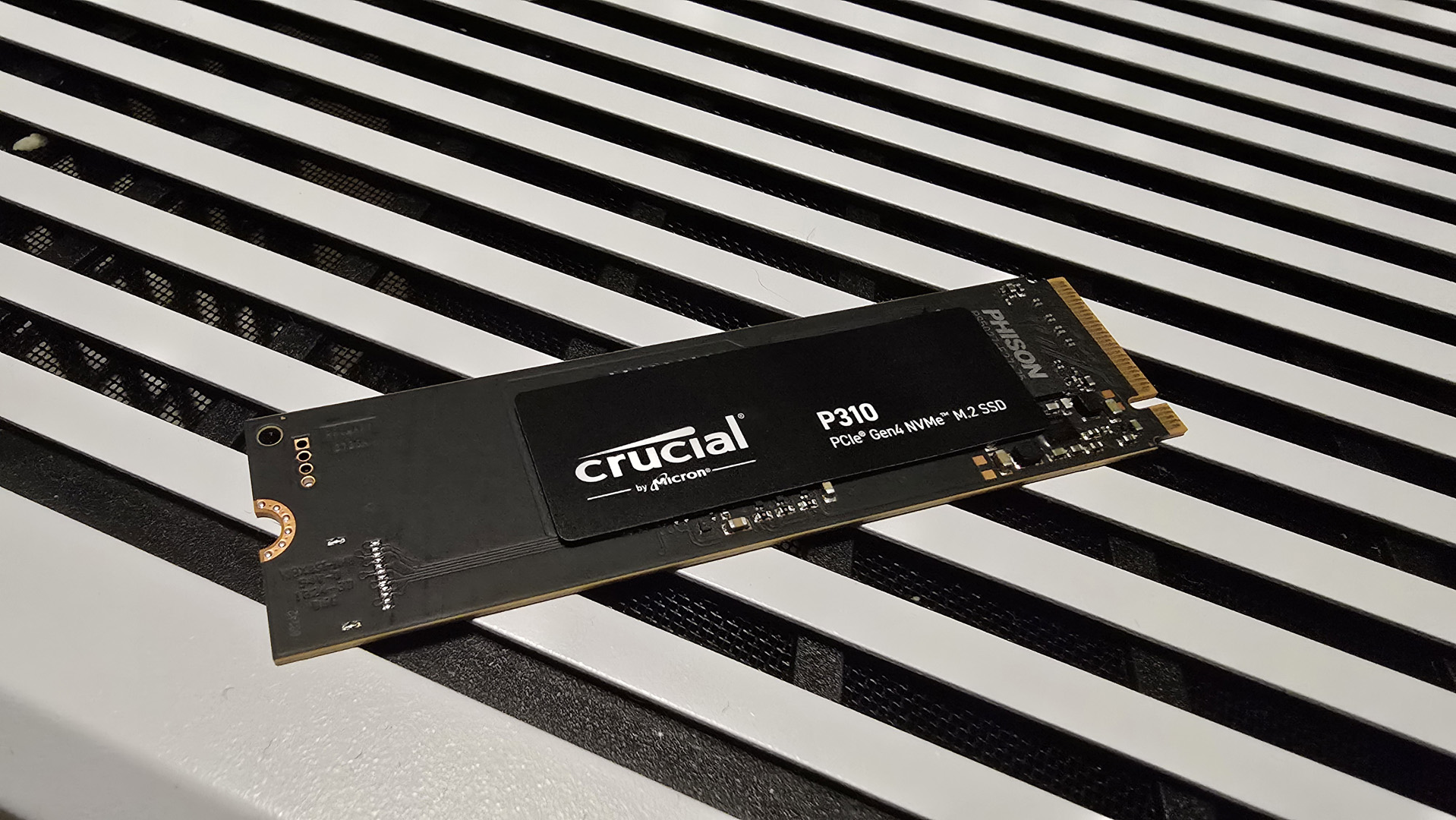
Building Crown is a three part series from mapmaker Shawn " FMPONE ” Snelling and pro Counter-Strike player/mapmaker Sal " VOLCANO " Garozzo, revealing the inspiration and building process for their upcoming map Crown. Their goal with Crown is simple: build the best competitive Counter-Strike map ever. In part one, Snelling dives into the inspiration for Crown's design and the essence of a great competitive map.
This is Crown: a new map for Counter-Strike: Global Offensive nine months in the making. After over 100 substantial revisions across those nine months, Crown is nearly finished. It was designed with two goals: to make CS:GO's hardcore fans happy while disrupting GO's stagnant competitive map pool. It's inspired by classic maps like Dust2 and Inferno. But it's built to be even better. Just as CS:GO is a new evolution for the Counter-Strike franchise, Crown is a map which seeks to learn from the best and build upon the principles that have kept Dust2 and Inferno in competitive play for more than a decade.
Before Crown: rebuilding Cache
At heart, a map is an idea. Great maps conjure singular, iconic images in our minds. Dust2: the sandy desert village. Inferno: a labyrinth of grainy alleyways. Nuke: a towering facility. These places do not exist except in-game and in our collective consciousness.

One map, Cache , only recently entered that collective consciousness. Cache was originally designed by Sal “Volcano” Garozzo for Counter-Strike: Source in Spring 2010. When CS:GO was released, Cache was ported to the Steam Workshop, where it became a staple of professional competitive leagues. After I created two GO maps of my own, I took a look at Cache and was impressed with what I saw. Maps like Cache have a unity to them—a clean, simple flow. I wasn't surprised to learn that Volcano was originally a professional CS player, and a legend in the scene. What was surprising was that Cache was the very first map he ever made. This was someone I had to work with.
Before we tackled building a new map, we set about modernizing Cache. Cache has since been featured in two of CS:GO's Operation map-promotions, included in many of the game's most prestigious tournaments, and is played by thousands of players for more than 11,000 hours every day.
Even before our work on Cache was complete, though, Volcano and I were imagining that new, original project we had put on hold—the map which would become Crown.
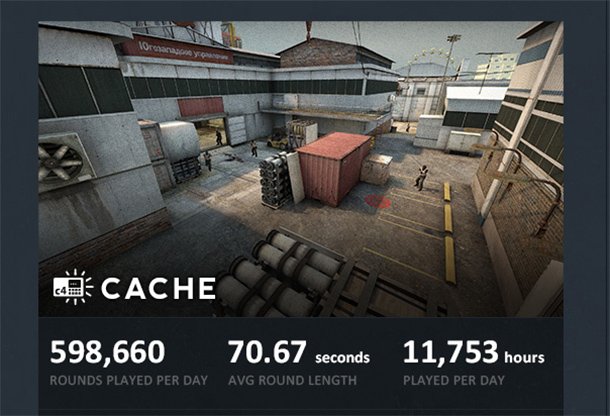
Dreaming up Crown: level design fundamentals
When Volcano and I were brainstorming a new map, we broke down what we liked and didn't like about the existing map pool. I have a confession to make: other than Cache, it's rare to see me playing any map other than Dust2. Just talking about Dust2 transforms into Captain Ahab from Moby Dick: the old sailor who got his leg bitten off by that white whale and forever-afterwards harbored a maniacal, obsessive grudge against it. I want to make a map better than Dust2 almost more than I want to breathe.
The biggest gaming news, reviews and hardware deals
Keep up to date with the most important stories and the best deals, as picked by the PC Gamer team.
And then I talked to Volcano, and he actually prefers Inferno!
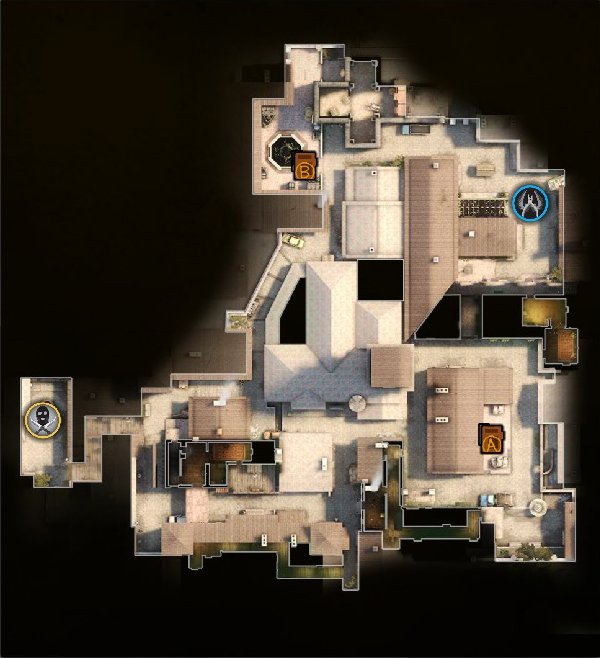
Cache also influenced Crown substantially, but not how you might expect. Because Cache places so much emphasis on its middle area, Volcano told me that he wanted to create a map that went in the opposite direction completely: a map without a traditional middle.
This made me nervous. When Terrorists plant the bomb in one of two bombsites, any Counter-Terrorists on the other side of the map have to either rotate to that bombsite or flank around and kill any Terrorists in the area, while the bomb is still ticking, before they can try to defuse it. A map without a middle means there is no central path allowing the CTs to get to the ticking bomb more quickly.
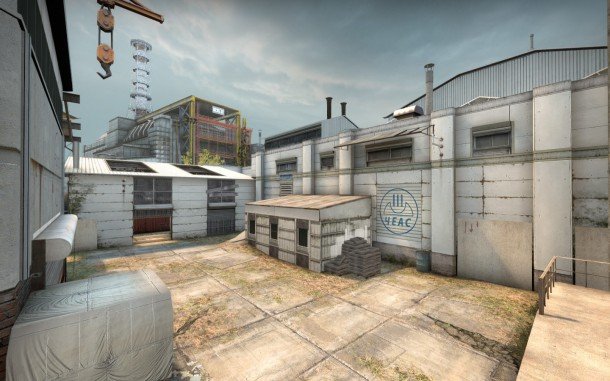
Rotating on Crown is a special, stressful challenge. Entire Terrorist teams will have to either barge into one bombsite, or split up to create confusing diversions in both. Counter-Terrorists will need to predict the Terrorists' intent, or rotating will be down-to-the-wire or futile.
No other map used in competitive play will place as much emphasis on rotation, and I think the consequence of this will be game-defining sieges or Alamo-style defenses. It's going to be do-or-die from start to finish, and individual players will need to come up big for their team. Or their team will lose. For these reasons, we are confident Crown will place equal emphasis on skill and strategic play.
Eye on the Crown: back to the visceral
Many Counter-Strike purists are skeptical of maps with good graphics. I can't blame them. Nice-looking maps are often poorly optimized, which is an absolute game-breaker for competitive play. Nice looking maps are also often superficially designed—they rarely take into account all of the layout features that make a league map actually work. Even if a nice looking map runs well and has a nice layout, it generally makes sacrifices in readability (the ease of seeing other players in a sea of detail).
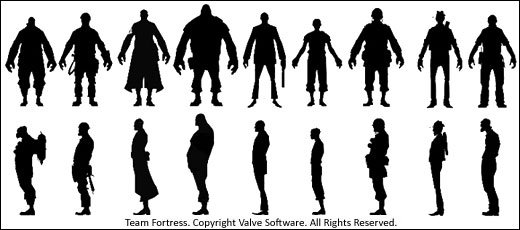
Great graphics are not negotiable, though, especially if mappers are trying to get their map promoted in a Valve Operation . But because Volcano and I are so focused on league play in addition to promotion in an Operation, Crown is designed to maintain a high frame rate and be readable.
Crown sets out to please competitive players by choosing a setting which naturally defuses their concerns about readability. Barcelona, Spain has beautiful, classical architecture with smooth, clean surfaces. This provides a perfect back-drop for the easy identification of enemies. Much like the orange walls of Dust, the smooth, beige surfaces of Crown create a warm, welcoming and satisfying space for players.
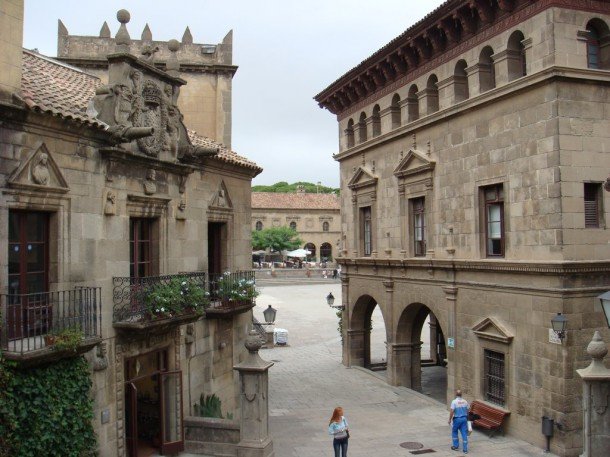
Above: Classical architecture in Barcelona, Spain. Below: Crown.
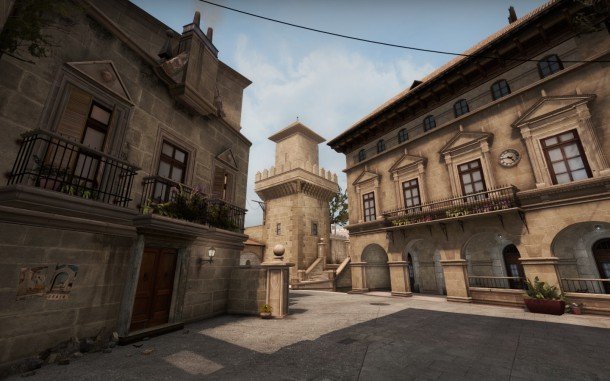
This visceral pleasantness is one of the less-obvious aspects of aesthetics I learned from Volcano when working on Cache. During that project, Volcano talked a lot about how surrounding players in a lively, upbeat environment would associate our map with positive emotions over time.
Our discussions about mood ultimately made Cache a less grim environment. While Cache still takes place in a somewhat grungy Soviet facility, areas of vegetation and overgrowth make it more satisfying to play.
Breaking ground: ready to build
With a setting established and our perspectives joined in a coherent philosophy, Volcano and I set to work on Crown with a distinct purpose. This new map had to echo with ambition. It had to be presumptuous—not to politely ask to be considered alongside Dust2 or Inferno, but to boldly shoulder into them like an NFL linebacker, recover the fumble, score the touchdown and then spike the football. It had to be loud and self-evidently great—hence the name Crown.
But that's just talk for now. Empty words until you play the map for yourself.
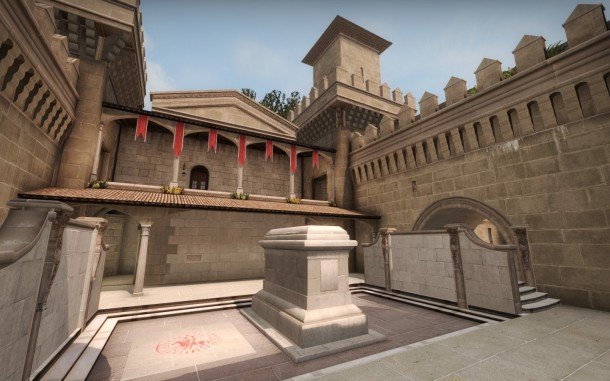
This was our vision. In the coming weeks, we'll show you exactly how a map like Crown is made. We'll dig into the nitty-gritty details in the next article, discussing 3D map tools, texture work, and the mechanics of level design. In part three, we'll dive into the feedback and iteration process that takes place over nine months of daily hard work. We'll also present a video tour of the finished map.
And then you'll be able to play it for yourself: Crown will be released on March 18th, two days after the conclusion of CS:GO's $250,000 EMS One Katowice tournament.


PC Gamer is the global authority on PC games—starting in 1993 with the magazine, and then in 2010 with this website you're currently reading. We have writers across the US, Canada, UK and Australia, who you can read about here.


